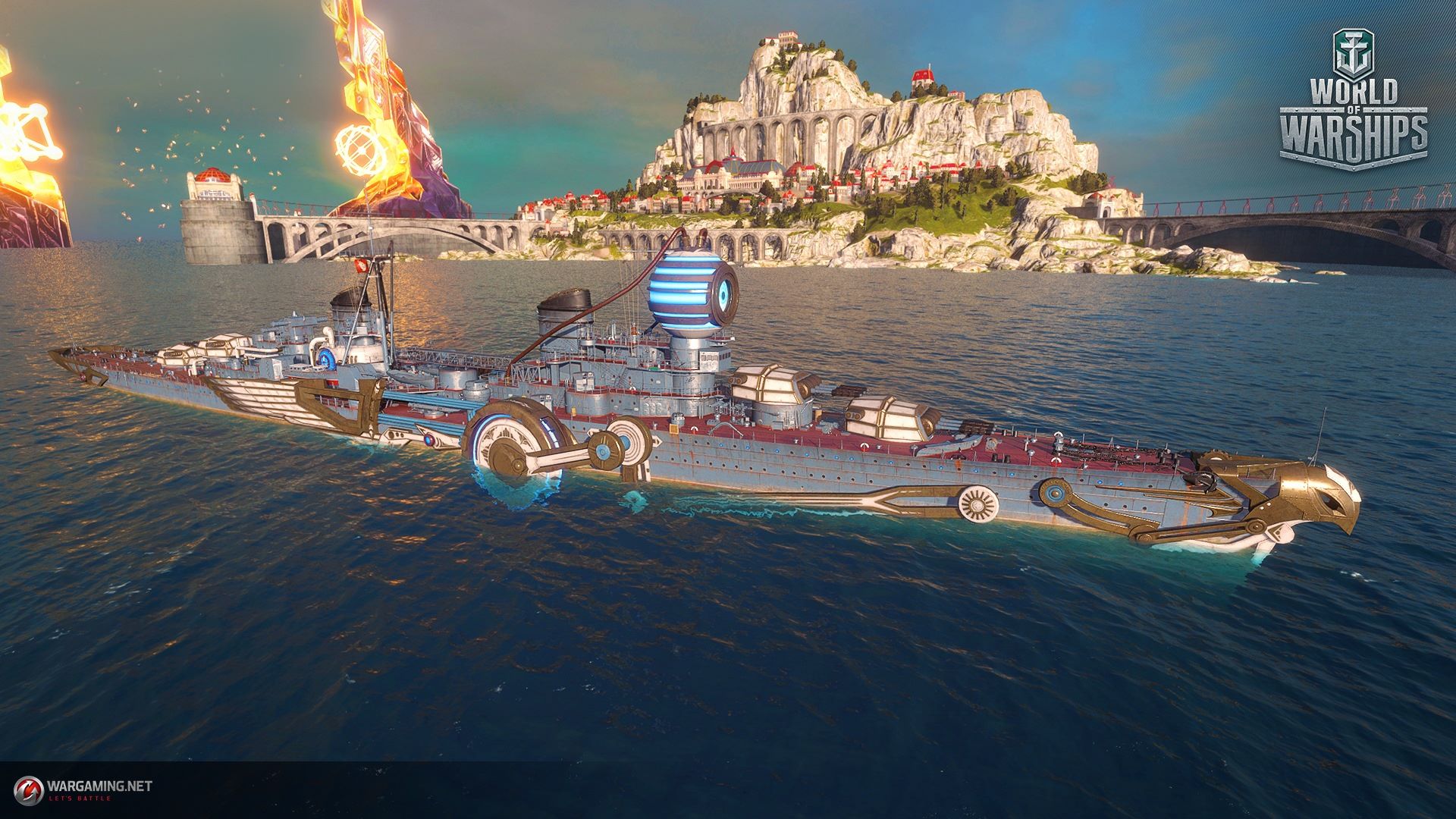

Most of the Mark 34s incidentally were freed up by the conversion of Cleveland class cruisers under construction to CVLs. Subsequently she, Colorado, and Pennsylvania were given a Mark 34 on a short tower aft while retaining their existing foremasts and the older directors thereon - not an ideal layout, but a wartime exigency. They had most of their cage mainmasts removed to free up space and clear arcs for AA guns.Īt Surigao Strait, most of the shooting was done by California, Tennesse, and West Virginia, thanks to the their Mark 34 directors and Mark 8 radar Maryland was barely able to participate alongside her sisters. This was also done to Tennessee, the other unmodernized ship, which had suffered only minor damage on Dec 7, so she was the first back into action in her new configuration.ĭrifting back towards topic, Maryland and Colorado were deployed to the South Pacific in late 1942 but did not get involved in the Solomons fighting. This included complete new superstructure, secondary armament, and gunnery controls and made them comparable to modern BBs in most respects other than speed. Pearl Harbor of course meant that California and West Virginia were going to need extensive repairs, and it was decided to include a major reconstruction, starting with bulging to 114', making them our first warships that could not transit the Canal. This was done on Maryland and Colorado in 1941 the latter was in the Puget Sound Navy Yard at the time of Pearl Harbor. Bulging to 106', just able to fit through the Panama Canal locks, was considered essential, but unlike earlier mods they would retain their cage masts and original gunnery controls. However the depression curtailed the program before the "Big Five" could be done, creating the curious situation that our youngest battleships were the least modern.īy 1940-41 the Navy had funding for modernization, but they were also reluctant to have the ships out of service for an extended period, so they designed an austere program for them. This included increased deck armor (although the standard type were already better than most in this area), new gunfire controls, and bulging, both to improve underwater protection and to maintain armored freeboard as weight increased. Click to expand.The WWI-era battleships had been modernized in the late 1920s-early 30s, by class, in the order in which they were built.


 0 kommentar(er)
0 kommentar(er)
